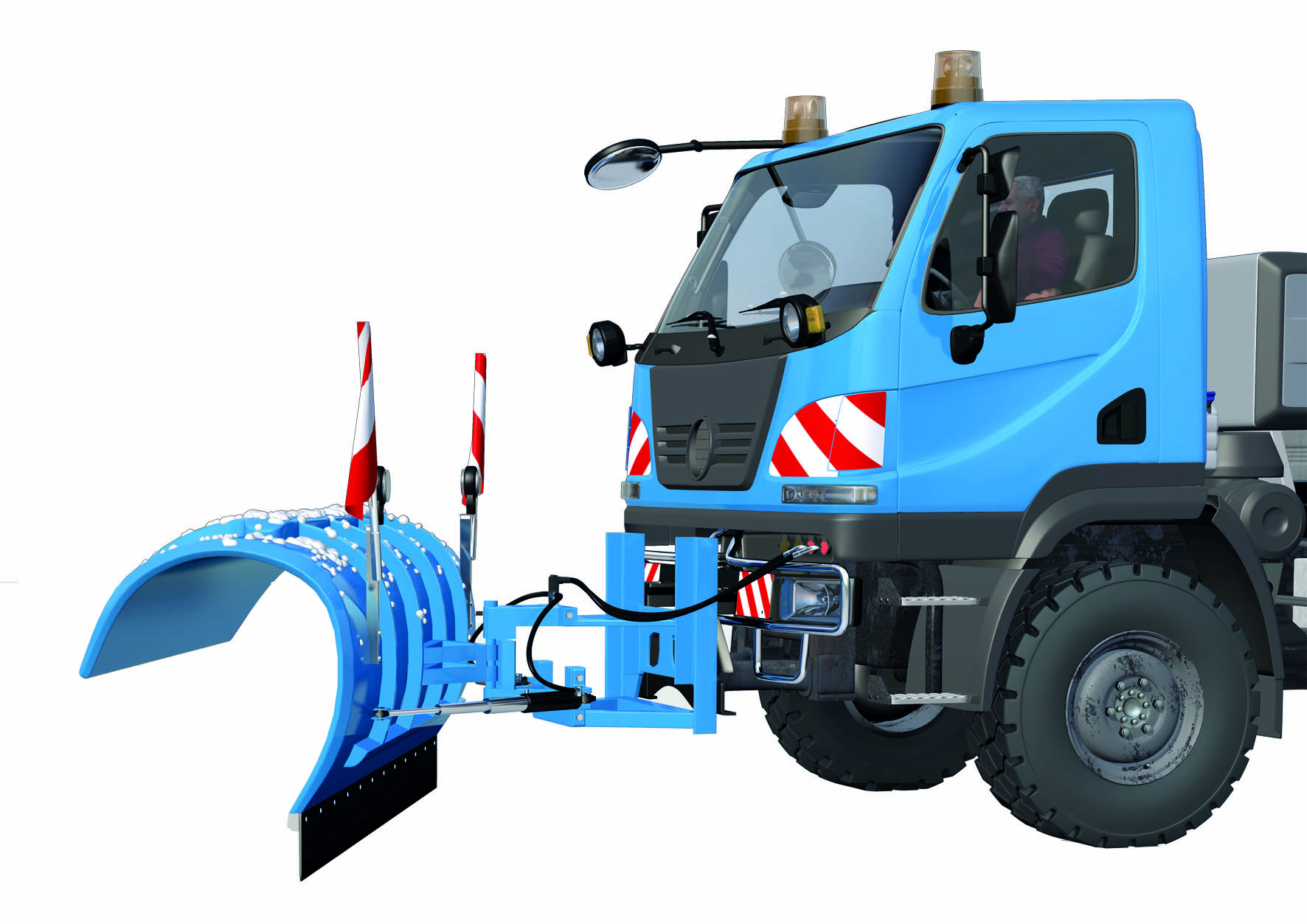Stroke measurement in hydraulic cylinders – say goodbye to drilling pistons!
Whether it’s agricultural machinery, construction equipment, or municipal vehicles, intelligent sensors are indispensable throughout the mobile machine market. Accurately recording paths and angles is an integral component of intelligent operating concepts and functions. These functions improve not only the convenience, but also the safety of mobile machines. Using intelligent sensors also increases the performance and efficiency of mobile machines, allowing repetitive work processes to be automated and therefore relieving machine operators at the same time.
Measure and monitor motion sequences
Since most motion sequences for mobile machines employ hydraulic cylinders, one of the most important measurement tasks for sensor technology is precisely determining the stroke of the cylinder to enable measurement and monitoring of the motions to be carried out. No wonder, then, that both machine and sensor manufacturers are always looking for new innovations in stroke measurement for hydraulic cylinders.
Measuring system for stroke measurement in hydraulic cylinders
INSTROTECH is offering SIKO and unique SGH10, a measuring system for direct stroke measurement in hydraulic cylinders. This specialised, integrated and innovative measurement solution is based on customer feedback and many years experience in path measurement technology. The cylinder stroke is measured precisely using Bowden cable sensor technology installed directly in the cylinder. The high quality plug ensures the system fulfills protection class IP69K.
A minor technical revolution
Technologically speaking, the innovative SGH10 cylinder stroke measuring system pursues an entirely different technological approach than measuring systems commonly found in the market, which are based on magneto-restrictive, inductive, or hall based technology. In contrast to these systems, a Bowden cable mechanism installed directly in the cylinder is used to measure the stroke. The cable of the Bowden cable mechanism is mounted in the piston head. If the cylinder is extended, the cable, which is wound up in a cable drum, is pulled out. The rotation of the cable drum that is thereby created is detected without contact by the sensor electronics and used to calculate the linear travel. This makes it possible to detect the position of the cylinder precisely and completely at all times. The magnets that are used to detect the rotation are scanned by the electronics through the pressure-resistant base plate of the SGH10. The electronics are fully encapsulated on the unpressurized side of the system. This means the entire measuring system is built into the cylinder and is optimally protected from external environmental conditions. This provides a clear advantage: in contrast to a measuring system mounted externally on the cylinder, the sensor system cannot be influenced or damaged by loose parts or by environmental influences.
Piston drilling unnecessary
Another revolutionary aspect is the reduction of costs for integrating the system into the cylinder. This is because in previous measuring systems, the sensor rods had to be integrated into the piston over the entire measuring path; this often required long and highly precise bore holes in the piston. This is not only expensive, but also weakens the structure of the piston. In the SGH10 stroke measuring system, just one small thread is needed in the piston to mount the cable. This allows the system to offer major potential cost savings, which affects production times and, ultimately, overall costs for hydraulic cylinders. The greater the stroke length, the greater the potential for monetary savings. Cylinder manufacturers, mechanical engineers and end-use customers reap the benefits.
Also integrates into telescopic cylinders
Another highlight is that, in contrast to the alternative measuring systems described, the SGH measuring technology can even be used in telescopic cylinders. It provides design engineers with entirely new options when developing forward-thinking assistance systems and supplemental functions in mobile machines.
Share this content:














